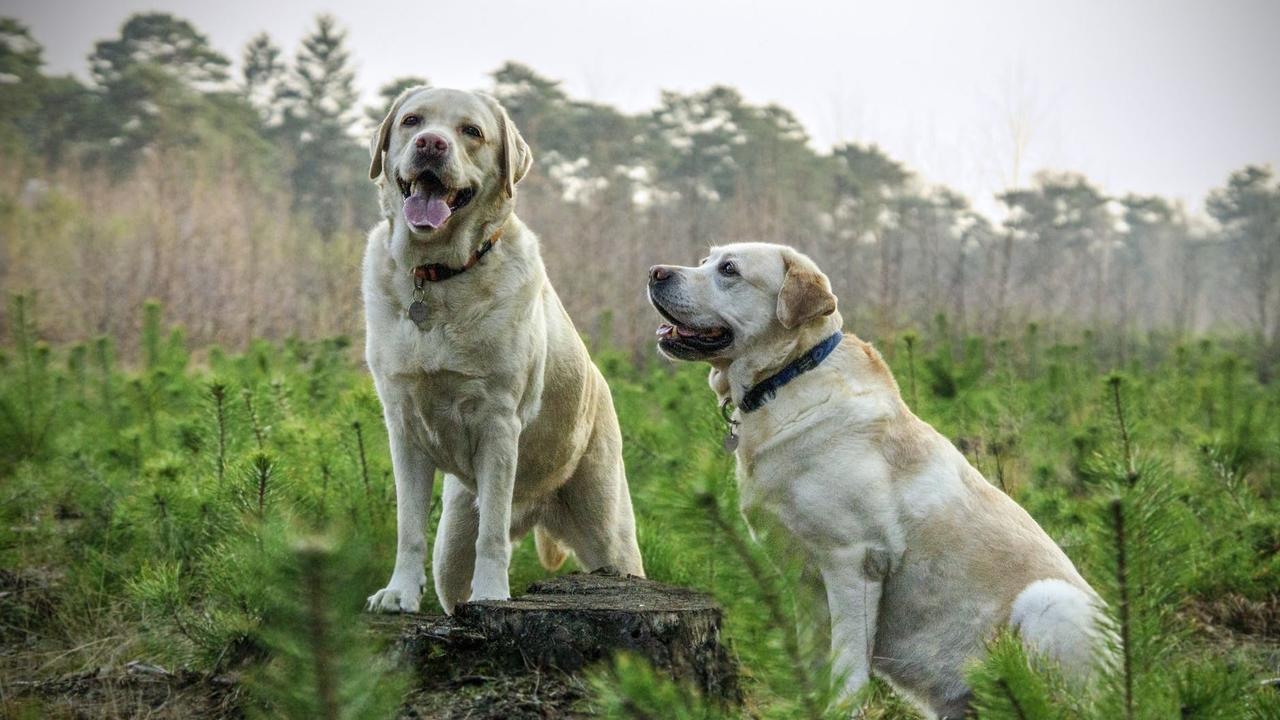Introducing Your New Dog: Four Tips for Bringing another Dog Home

Are you thinking of adopting a new dog, but worried about the reaction of your current dog? I don't blame you...
Your concerns are valid.
The reaction between the resident dog and the new dog is unpredictable. They may welcome each other like long-lost buddies, or attack each other like mortal enemies.
This makes it necessary for you to plan a little as to how you’ll introduce them to each other. Your current dog may dislike the thought of sharing the space, love, and attention with another dog.
Dogs can experience jealously similar to humans. This can provoke them to show hostility towards the new dog.
Similarly, new dog anxiety is a common thing. Your new dog may misbehave or act out in several ways when introduced to a new place.
This could include excessive panting, pacing, destruction of property, potty problems, and more.
Here are a few tips that can help you plan a friendlier and far less confrontational introduction between your new and resident dog.
1. Introduce the Dogs in a Safe Area
The first thing you need to consider is the place where you introduce both the dogs. Make sure you choose an open area. This is important because you don’t know how they'll react at first.
So, it’s better that you give them sufficient room.
Confined spaces like a car can lead to a more aggressive reaction and can be a safety risk for everyone involved.
To play it safer still...
Consider introducing your dogs through a gated area or a fence first to lessen the risk of anything harmful happening if one or both were to act out aggressively.
This also makes things easier to diffuse should something go wrong.
2. Choose a Neutral Territory
Your resident dog may be more aggressive when you bring a new dog home. The older one may become more possessive of the space.
Also, the new dog’s anxiety can increase if they are introduced too soon to their new home. So, the best way to make the introduction is on neutral territory.
3. Allow Them to Interact
Dogs take time to react to new situations. Give them that time to progress at their pace. They may get aggressive, defensive, or friendly.
It’s better that you take the necessary safety measures to prevent any incident from happening.
Keep both the dogs on a leash, but keep it loose enough to avoid tension. Let the dogs interact themselves rather than forcing anything.
4. Observe the Behavior Carefully
As you let your current dog interact with the new one, make sure that you observe both dogs’ behavior carefully.
There’s a lot you can understand from their body language.
A relaxed and happy body language indicates that everything is okay.
Tensed posture and behavior can denote aggression.
It’s best to keep the first introduction brief and plan a second meeting or interaction to make sure the tension is released.
The relationship between your new and old dog can take some time to build. So, make sure that you provide both the dogs time and space to get comfortable around each other.
We recommend that, before bringing the new dog home, arrange a few interactions with the resident dog on a neutral area. This can help lessen the new dog's anxiety.
Follow these steps and make the transition of adding a new dog to your home smoother and much safer.



